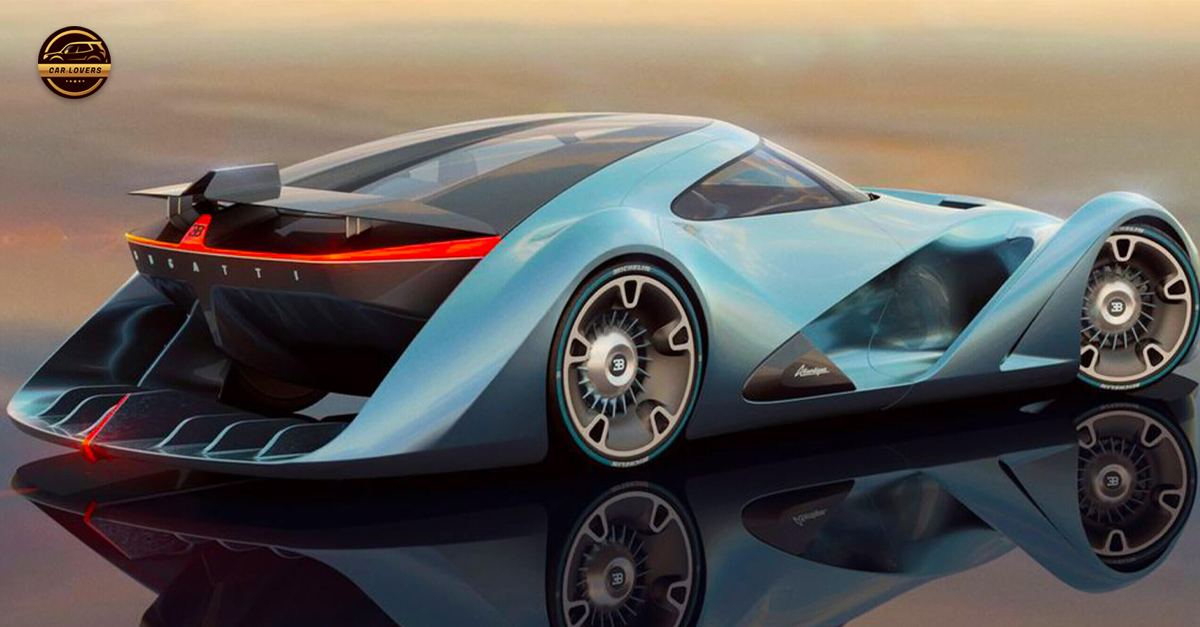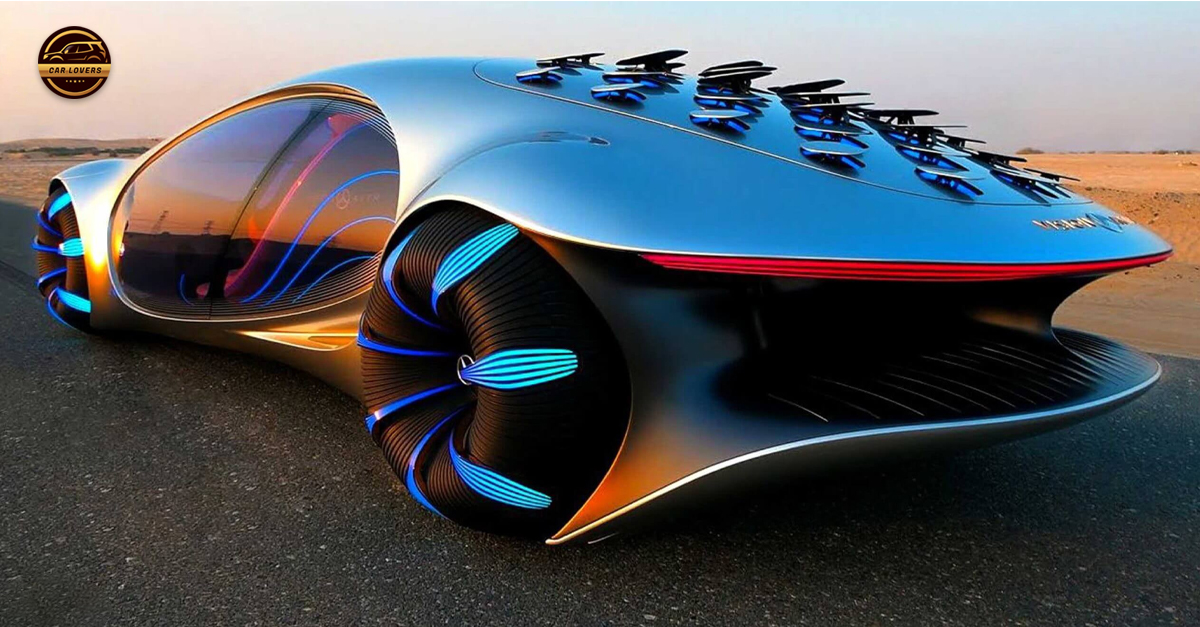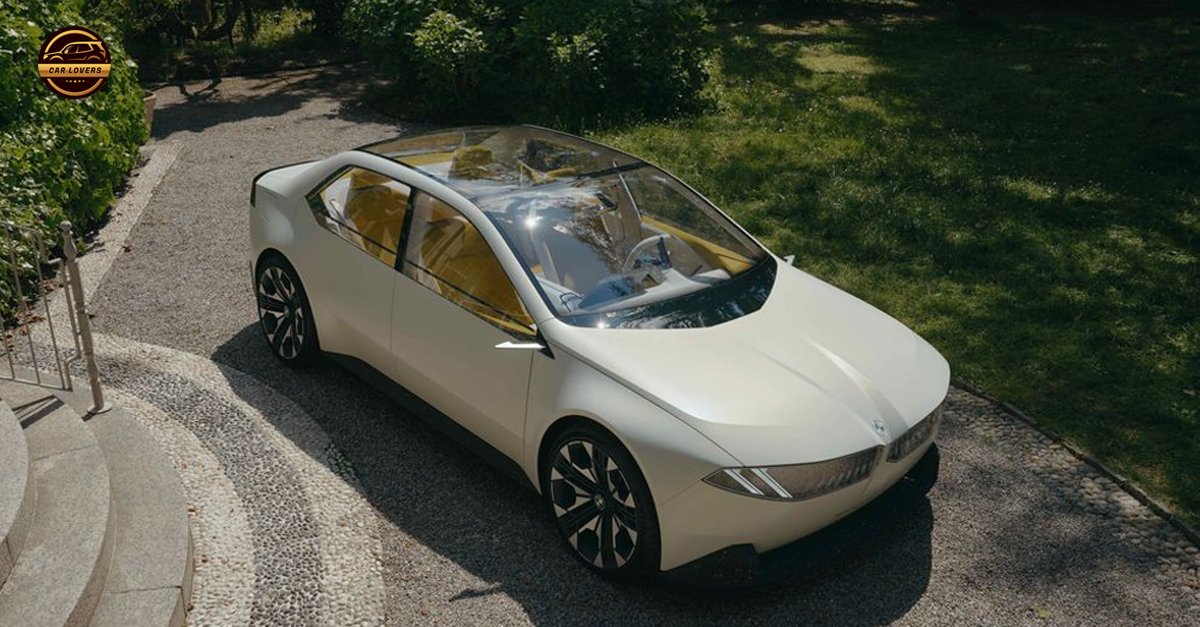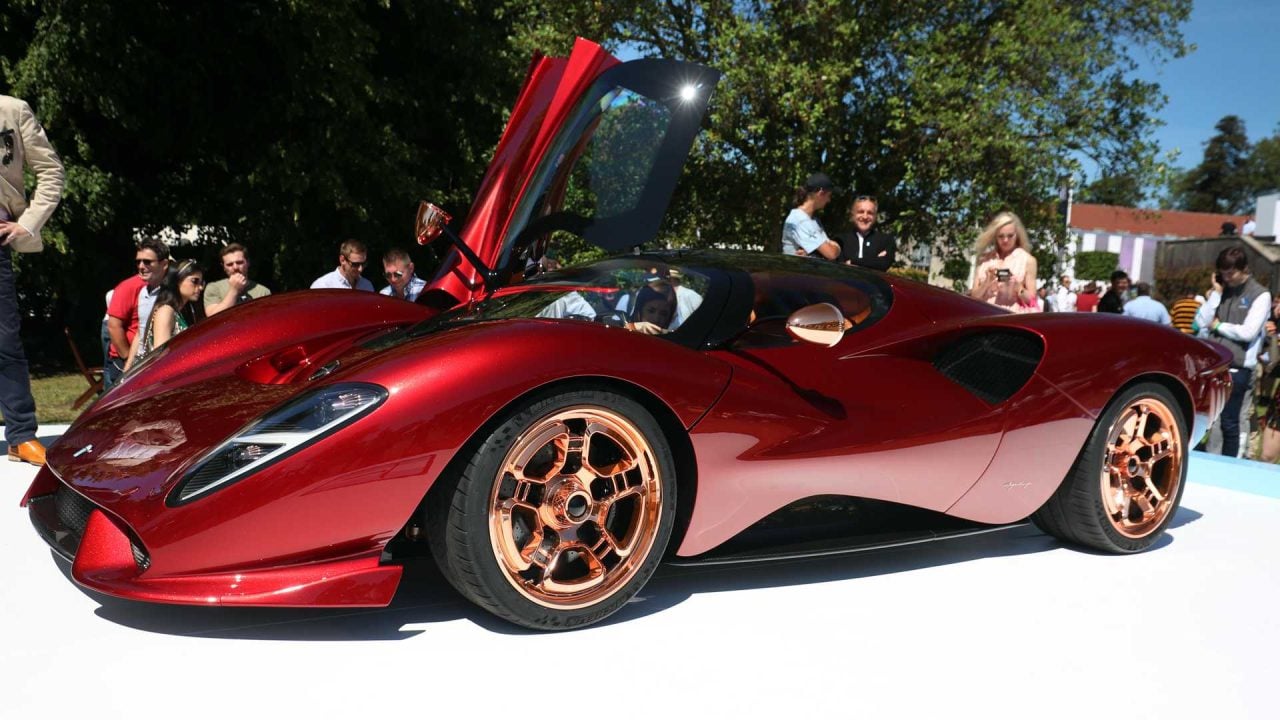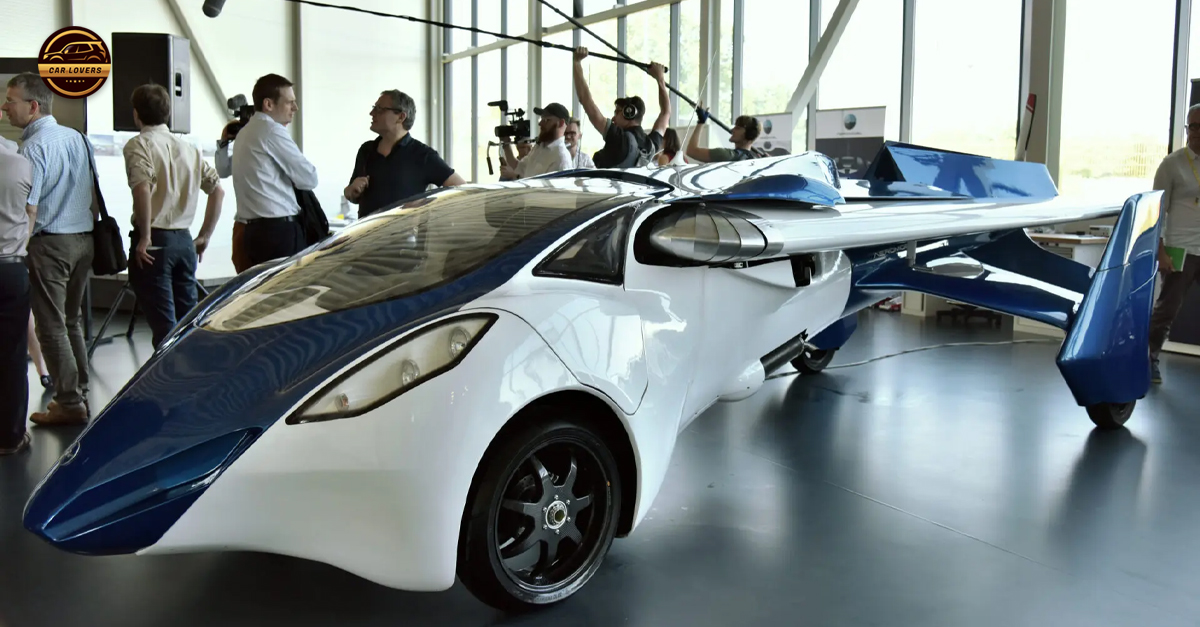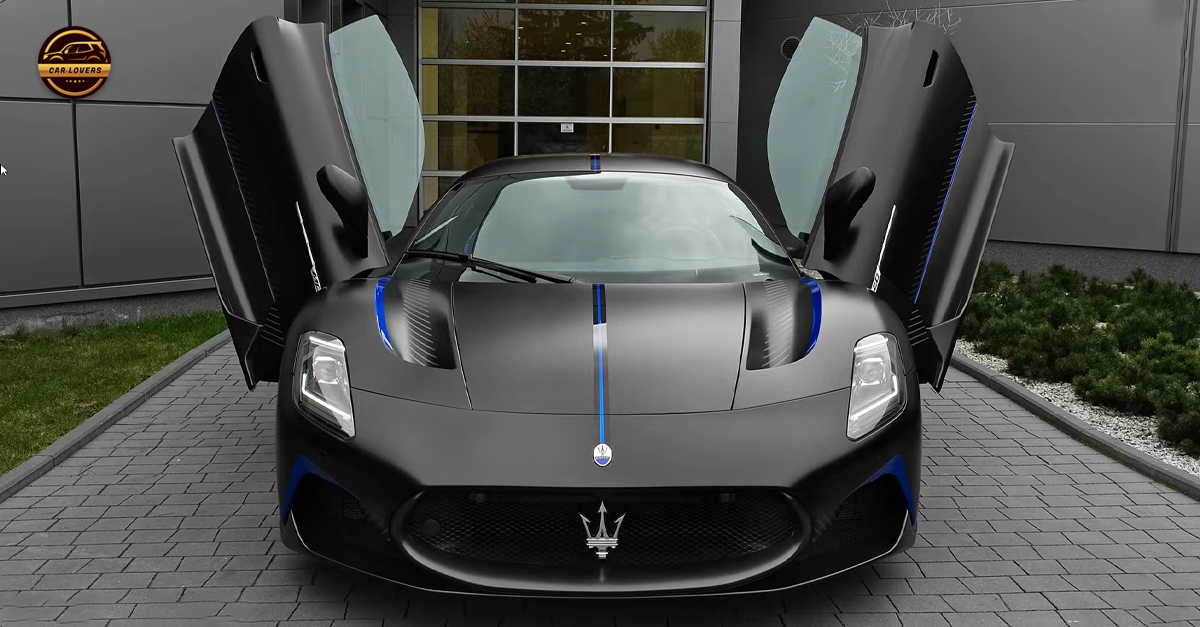This year’s British Racing Green theme for FuoriConcorso gave the Golden Age Collection the perfect excuse to show off six fabulous Aston Martins at Como Car Week.
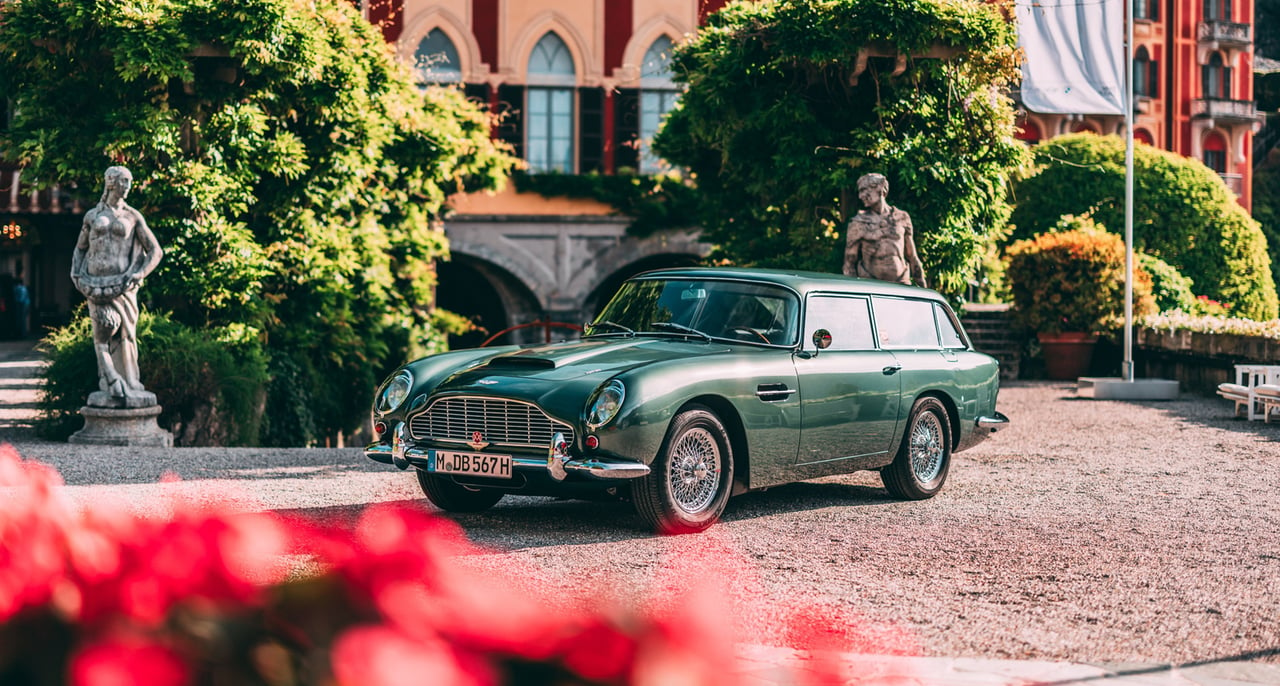
Year after year, Como Car Week attracts hundreds of poster-worthy automobiles to the beautiful and historic shores of Lake Como. This year’s FuoriConcorso theme of British Racing Green even managed to entice the rarely-seen jewels that belong to the Golden Age Collection. Don’t be surprised if the name isn’t familiar, because the Golden Age Collection — curated by Christophe Schmidt of Weekend Heroes — is very much a private affair. Founded as a result of the owner’s lifelong admiration of Aston Martin and sparked by the purchase of a DB4 in the late 1990s, the Golden Age Collection is dedicated to the most significant cars built by Aston Martin under the helm of the legendary David Brown, whom Aston still honours with the “DB” moniker in many of their model names.

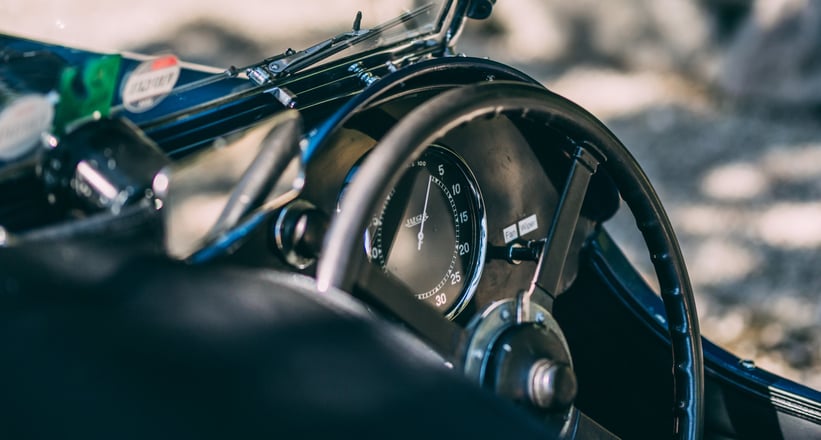

Even among the countless historically significant British racing cars present at FuoriConcorso, the five on display courtesy of the Golden Age Collection truly stood out. While the focus is very much on David Brown-era cars, they also brought two pre-war models that were highly influential in David Brown’s decision to purchase the British marque in 1947. However, the collection’s earliest car on display wasn’t painted in BRG as you might expect, but rather a fabulous royal blue. This stunning racer is a 1933 Aston Martin 1.5 L Le Mans and is one of just 106 examples ever built. Belonging to the more racing-focused second series of the 1.5 L introduced in 1932, this example benefits from a shorter, 102 inch chassis and miraculously still retains its original body, chassis, and engine, alongside a continuous history from new.



The Golden Age Collection’s second pre-war racer to take part in the Aston Martin display at Villa Sucota is one of the greatest models from the company’s early years. This striking, all British racing green sports car is a 1935 Aston Martin Ulster, of which only 31 examples were ever made. As you’d expect of a car decked out in BRG, this example boasts an impressive period racing history, having been entered into the 1935 24 Hours of Le Mans, where it was driven by C.T. Thomas and Michael Kenyon to a 5th in class and 10th overall finish after completing an impressive 199 laps.


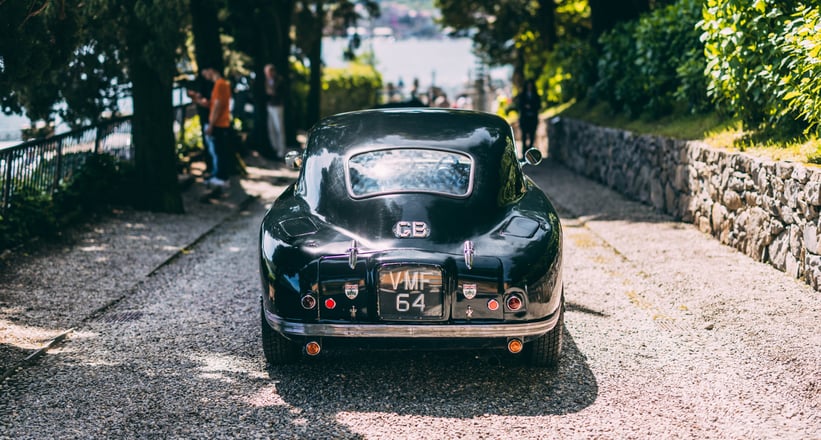
15 years after the Aston Martin Ulster above first turned a wheel, the Golden Age Collection’s prized possession was completed. The Aston aficionados among our readers will instantly recognise the numberplate VMF 64 as that belonging to the works-raced DB2 that secured two back-to-back class wins at Le Mans in 1950 and 1951, the latter of which also saw this DB2 finish 3rd overall. However, as the most successful of the works DB2 race cars, this Aston’s victories aren’t isolated to Circuit de la Sarthe. In addition to a slew of podium finishes across Britain, in 1951 and 1952, VMF 64 would also bring home class wins at the Mille Miglia, proving its impressive race reliability and ultimately cementing Aston Martin as a name to be feared on racetracks around the globe. We must also mention VMF 64’s nearly unbelievable feat of finishing every race it entered, without a single DNF to its name.

VMF 64 was naturally beloved by all in Newport Pagnell, and after being displayed at Earl’s Court in 1952, it was retained by the factory until 1957, during which time it served as David Brown’s ride of choice, starring in numerous factory advertisements. Unsurprisingly, David Brown had to turn down innumerable offers for his prized DB2 during his half decade of ownership, but eventually he was persuaded to sell the car to his close friend, the Hon. Gerald Lascelles, cousin of the Queen and president of the BRDC. VMF 64 remained in the Lascelles family for 52 years, until Gerald’s son Henry finally handed over custodianship to a German collector, from whom the Golden Age Collection acquired the highly significant and still unrestored DB2.



Following on from such a titan of racing is no easy feat, but the Golden Age Collection’s 1953 Aston Martin DB3 does an admirable job of it. Finished in the iconic hue of Aston Martin Racing Green, this 1950s racer boasts extensive period history, having competed at the British Grand Prix Sports Car Race, British Empire trophy, and serving as a reserve entry at Le Mans in 1953. Just 10 of these low-slung rolling sculptures were made, but FHH 534 stands out for its outing with Sir Stirling Moss in the Mille Miglia Japan.


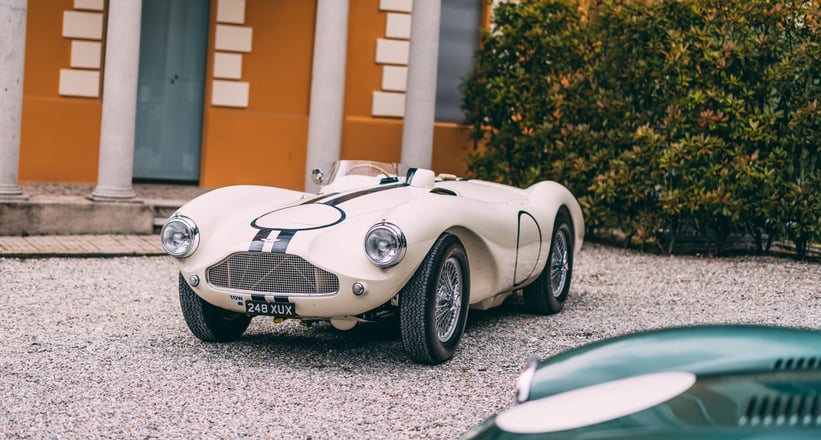
Our penultimate Aston Martin is one of the most desirable sports racing cars from the 1950s: a 1956 DB3S. Delivered new to US West Coast privateer racer Joe Lubin in the eye-catching US racing colours of white with two blue stripes, this example was successfully campaigned in 1956 and 1957 with Richie Ginther, Rob Over, and Bill Love at the wheel. Only 30 of these cars were ever built, and even fewer retain their original chassis, body, and period engine such as 248 XUX.

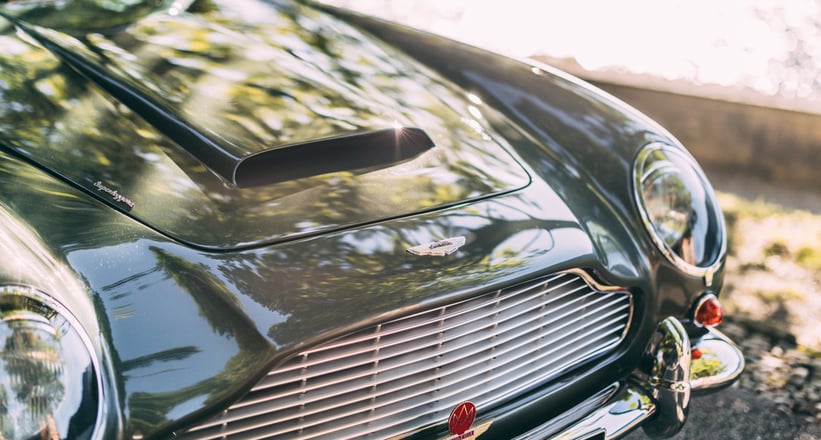
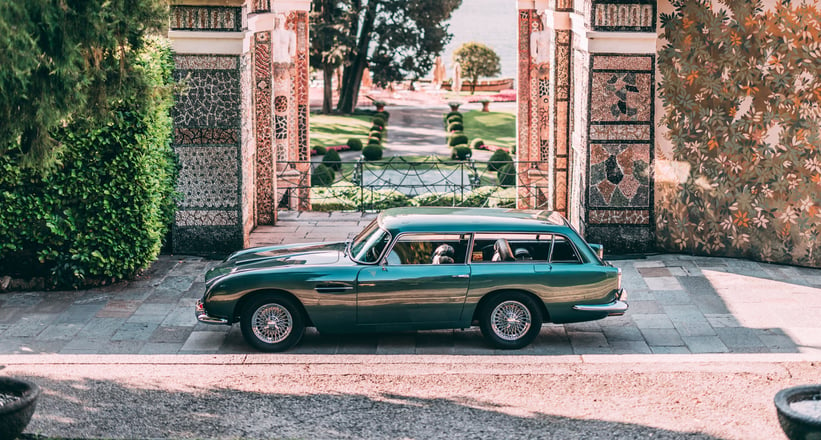
At last, we turn to the Concorso d’Eleganza Villa d’Este for our final Aston Martin, and what this example lacks in period race history, it more than makes up for with rarity and style in spades. This 1966 Aston Martin DB5 Shooting Brake is one of just 12 built and only 4 left hand drive examples, placing it among the rarest cars to bear the iconic Aston Martin wings. The DB5 Shooting Brake is arguably one of the models most closely tied to David Brown, owing its existence to his dream of a car that could transport his hunting gear and dog with the level of speed and luxury that only an Aston Martin could offer.



A standard DB5 was a tad too cramped to accommodate the necessary accoutrements for hunting, and so David Brown commissioned the renowned Harold Radford Coachbuilders Ltd. to create the DB5 Shooting Brake. This was no small matter, and the conversion began with a completed DB5, before its patented Superleggera tubular roof structure was cut away and a new extended steel roof was built. Despite adding roughly 50% to the price tag, the demand was still there for a dozen of these pedigree workhorses to be built, and this example was delivered new to Pittsburgh, USA, where it remained until 1988. After a restoration by Aston Martin themselves in 1992, this example was sold to a Swiss Aston Martin collector in 2002, before being acquired by the Golden Age Collection in 2019.

With so many momentous models from Aston Martin’s illustrious racing history, the Golden Age Collection would be forgiven for locking them away in a hermitically-sealed vault, so it was truly special to see these historic Aston Martins glistening in the Italian sun, with the DB5 Shooting Brake even partaking in the Villa d’Este’s prelude tour. What other treasures does the Golden Age Collection house? We’ll just have to hope to run into them again at another of the automotive world’s many amazing concours, rallies, and race events to find out!
Photos by Stephan Bauer
